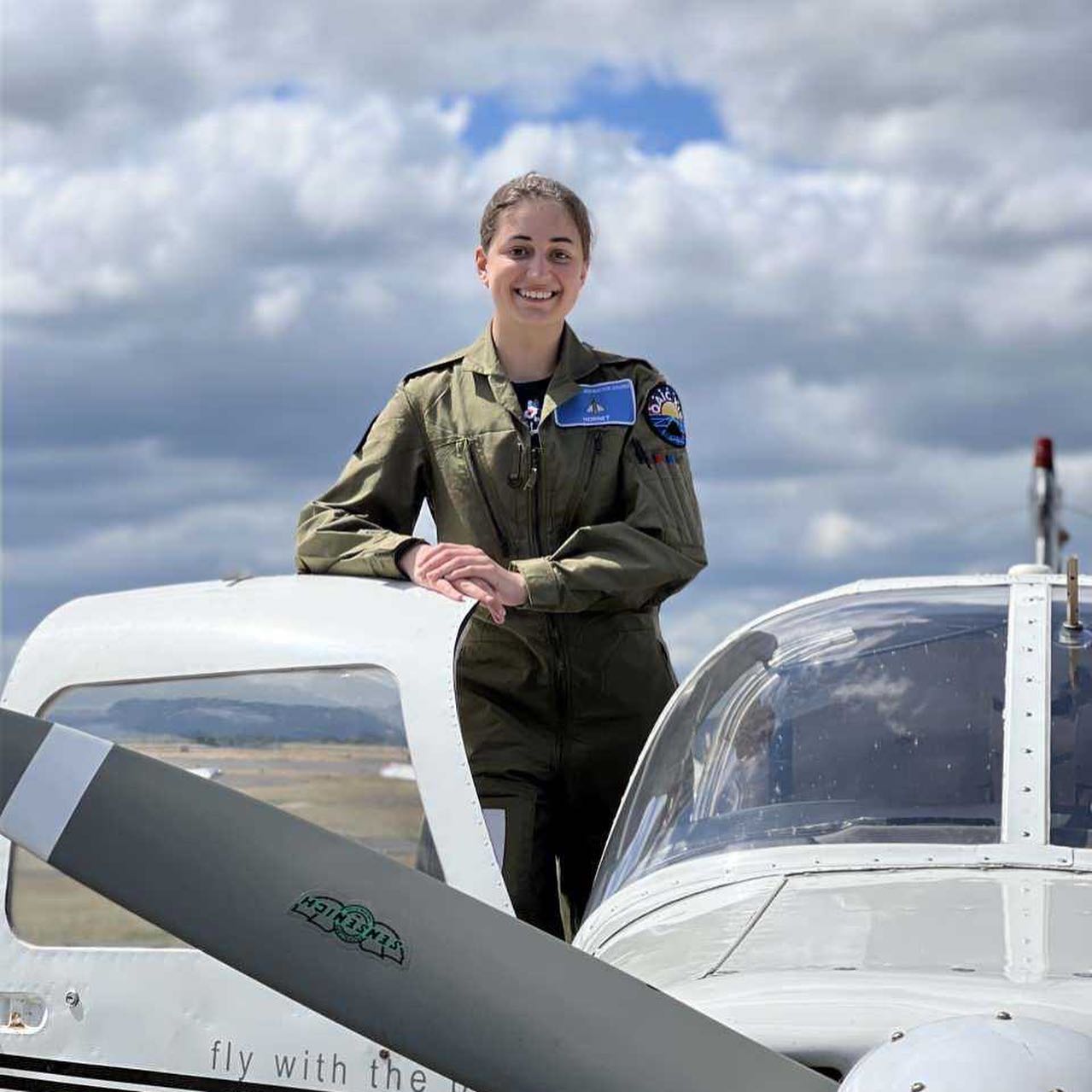Powered Flight

Specifications
Crew: Max two (typically 1 student & 1 instructor)
Length: 7.54 m (24 ft 9 in)
Wingspan: 10.0 m (32 ft 8 in)
Height: 2.4 m (7 ft 10 in)
Max. takeoff weight: 990 kg (2,183 lb)
Powerplant: 1 × Lycoming O-360-A1B6 4-cylinder air-cooled piston engine, 139 kW (180 hp)
Performance
Never exceed speed: 343 km/h (185 knots, 213 mph)
Cruise speed: 185 km/h (124 kn, 143 mph)
Stall speed: 96km/h (52 Kn, 60 mph)
Range: 1,150 km (620 nm, 710 miles)
Service ceiling: 3,050 m (10,000 ft)
Rate of climb: 5.3 m/s (500 ft/min)
Wing loading: 81.1 kg/m² (16.6 lb/ft²)
Power/mass: 5.5 kg/hp (12.1 lbs/hp)
Air Cadets get regular opportunities to fly in light aircraft and gliders as well as other RAF and civil aircraft. The most common form of powered flying is called “Air Experience Flying” and is carried out in the Grob Tutor flying with 7 AEF at RAF Cranwell. You’ll be kitted out with a flying suit, helmet, gloves and parachute and when you fly you will get chance to take control of the aircraft. If it’s not your first flight, you may well get the chance to do aerobatics – absolutely fantastic!
Later on in their careers, cadets can apply for Flying Scholarships which give them free flying instruction at a civilian flying club. All the hours flown count towards a Private Pilot’s Licence.
Some Cadets who stand out from the rest may also get the opportunity to fly on a civil airliner or go on an overseas flight in an RAF Tri-Star, VC10 or Hercules.
Whatever your experience, as you come in to land you will be itching to get back up again.

